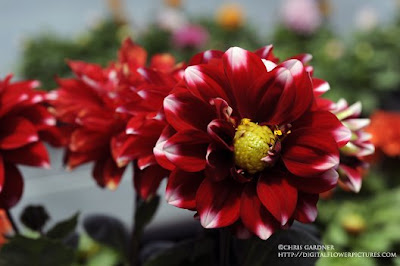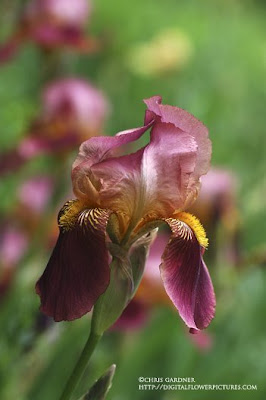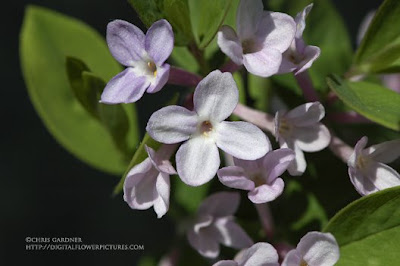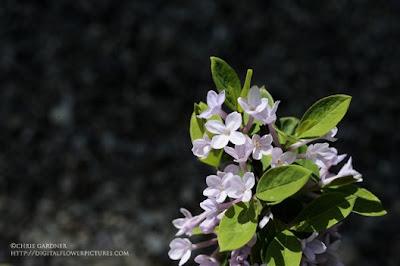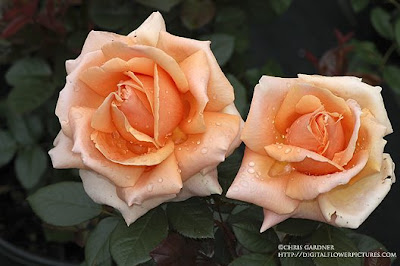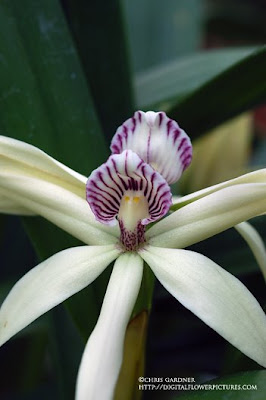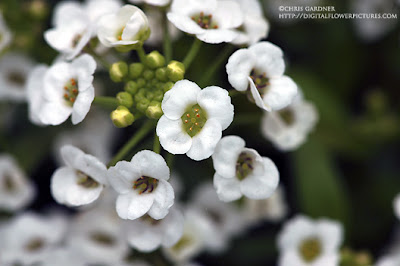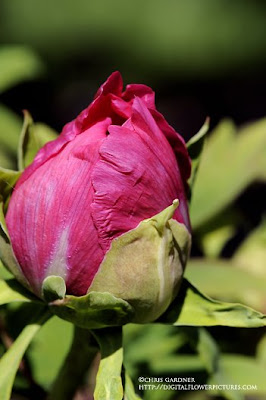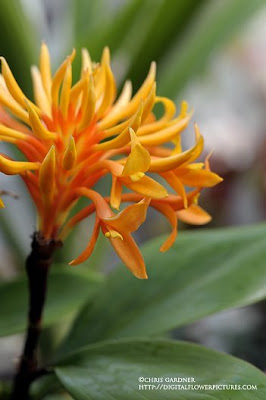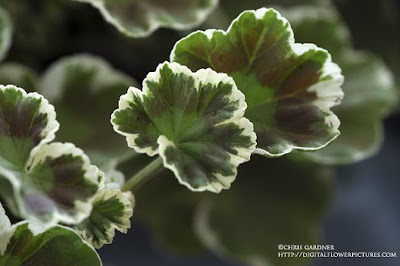 African Daisy
African DaisyArctotis hybrid 'Bumble Bee'
(ark-TO-tis)
Today’s Flower
These are two flowers from the ‘The Ravers’ series of Arctotis hybrids by the Proven Winners growers. To me they seem to grow and flower best in the cool seasons of the year. They can conk out a little in the summer but usually come back in the fall. ‘Bumble Bee’ is an exceptionally yellow flower and when I have looked at this spring I couldn’t help but think sunshine. Here in Connecticut we have had an very cool spring and the Arctotis have seemed to love it.
According to the Proven Winners page here, ‘Bumble Bee’ and the rest of the The Ravers series grow to about 10 inches tall and can be planted in full sun or partial shade (didn’t know about the shade thing). They like good drainage and average to rich garden soil. They do benefit from deadheading the spent flowers.
Arctotis hybrid ‘Sunspot’

The flowers close at night and open again during the day (nyctinasty, is the technical term, I think). Arctotis is a member of the Daisy family or Asteraceae. After visiting this page I learned the family consists of over 20,000 plant species (50 to 60 of which are Arctotis) and “Horticulturally the family is very important and includes many ornamental plants such as marigold, dahlia, zinnia, daisy, chrysanthemum, tansy, and aster.”
These pictures were shot with my Nikon D700 and 60mm Micro-Nikkor macro lens. I am getting very used to the combination of camera and lens. For now the 105mm VR macro will stay on the D70s as a back up.
For more flower pictures from around the world check out:
Today’s Flowers .





